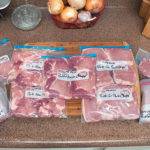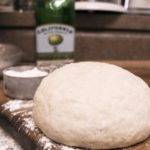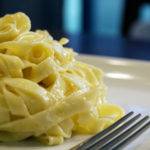Dashi is one of the fundamental ingredients in Japanese cooking. It’s used as both a tea and the base for hundreds, if not thousands of recipes in Japan. Dashi stock is so common, in fact, that most written recipes that call for it simply state, “add dashi”. The assumption is that everyone already knows how to make it, or has it on hand at all times (Kind of like chicken broth in America.).
The most common form of dashi used in Japan is awase dashi, or “mixed dashi”. It’s made by steeping dried seaweed (kombu) with dried bonito flakes (katsuobushi, or dried, flaked skipjack tuna) and steeping them in hot water for a few minutes. And it doesn’t taste like fish at all.
Note: in some prefectures in Japan, small dried sardines are preferred tot he bonito flakes, or they are used together.
The version made with bonito flakes is the most common in Japanese cooking, so should a recipe simply call for dashi, this is what the author was asking for.
The ingredients for this Japanese stock are simple. You need a little dried seaweed and some bonito flakes.

Both of these should be available in your local Asian market (assuming you have one in your area), but if not you can find boh ingredients on Amazon.
The other ingredient is the simplest, but can actually be the deciding factor in whether you dashi tastes incredible or if the sauce tasted like metal, and that’s water.
Unless you have extremely pure tap water, I highly recommend that you use bottled water to make this stock. If you’re like us and have hard water, you’ll end up with a murky, metallic tasting stock, instead of the wonderfully deep-bodied clear soup-base that you were after.
Let’s get to making some dashi stock.
First, take a piece of your kombu (dried seaweed), and add it to 4 cups of water in a small saucepan. Then go have a cup of coffee, or let the kombu soak in the water in the fridge overnight if you’re planning on using the sauce for breakfast.
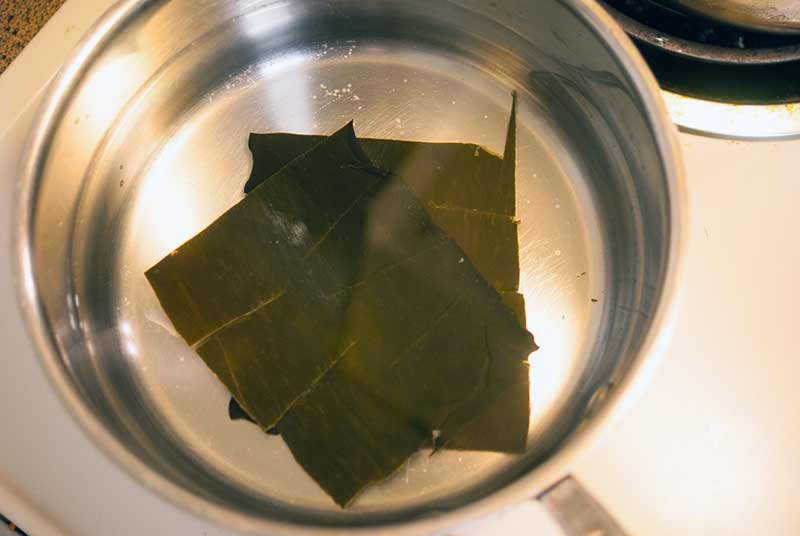
Yep. You heard right. You’re not adding heat yet. What you’re doing is letting the kombu naturally absorb water. At the same time it will gently flavor the water in the pan. This process doesn’t need to be forced, so just let it sit for at least 15 minutes, then toss the pan over medium low heat.
Heat the pan until small bubbles begin to form around the edges and the water is steaming. Do not boil the kombu or you’ll end up with a murky mess that tastes awful. just get those little bubbles going, remove it from the heat, and add your bonito flakes.
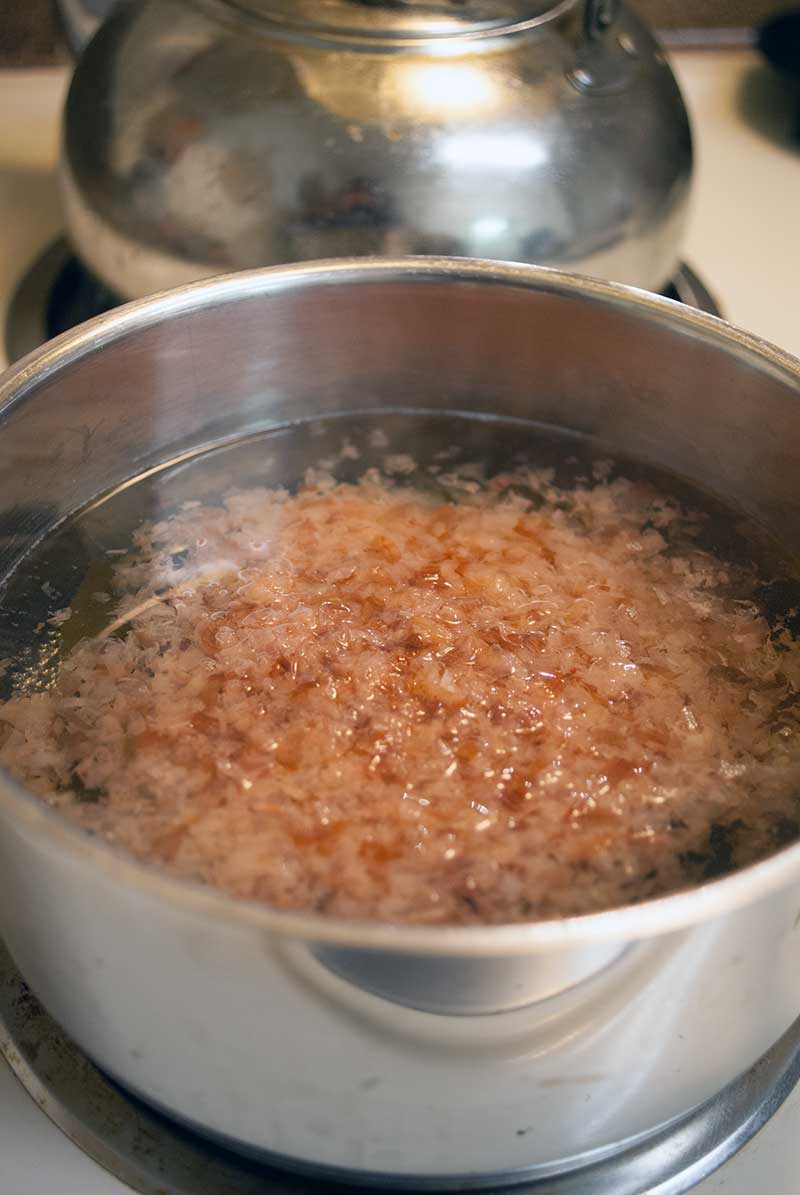
Now cover the pan and wait about 5 minutes, or until the bonito flakes sink to the bottom of the pan. Once that happens, just strain the stock through a sieve lined with paper towels, a rinsed cheesecloth or use my preferred method, a coffee filter. (Thanks to Rachael at La Fuji Mama for this tip!)
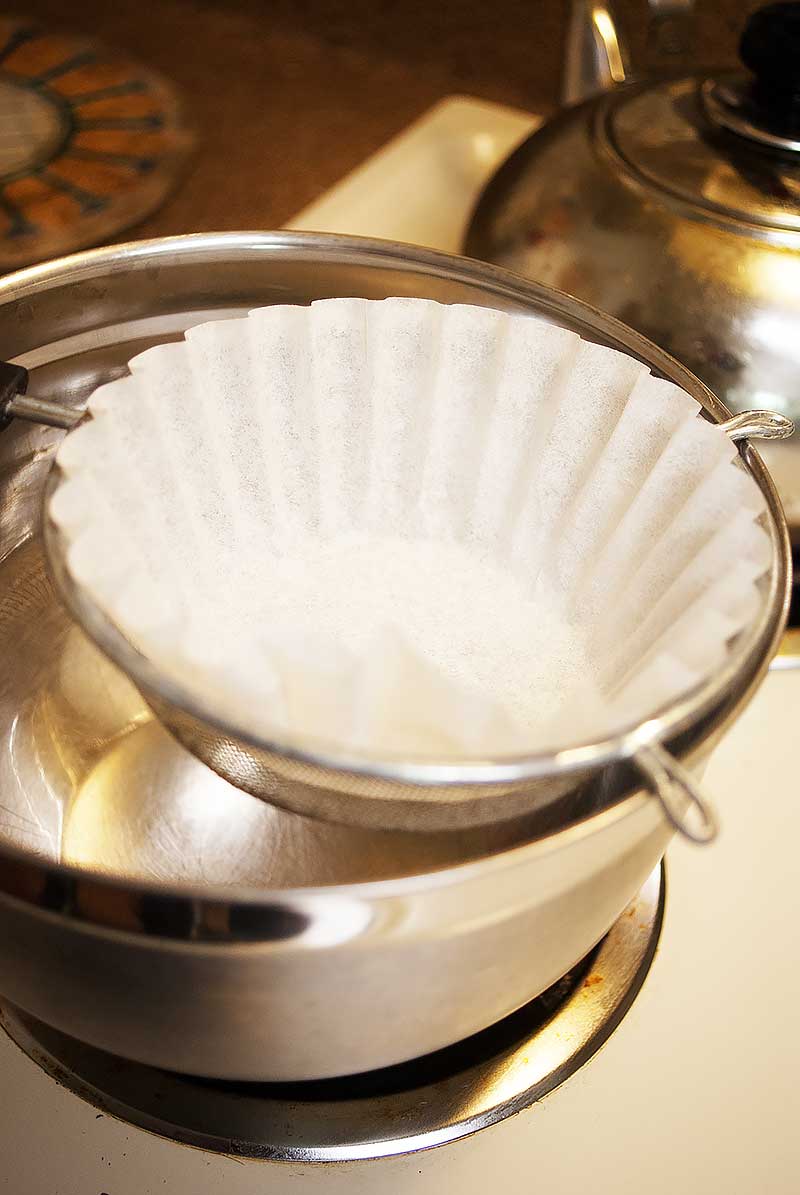
And with that, you’re done. nothing else is needed. you’ve got perfect, homemade dashi stock just waiting to go in your favorite Japanese recipe (or into a cup for sipping.)
Awase Dashi (Also known as dashi, dashi stock, or Japanese fish stock) is one of the cornerstones of Japanese cuisine. Dashi is used in one form or another in just about every Japanese recipe. it's also one of the simplest things you'll ever make at home, and so much better than dashi granules! For vegetarian dashi (Kombu Dashi), just skip adding the bonito flakes. It's still a wonderfully rich broth that will make your cooking shine.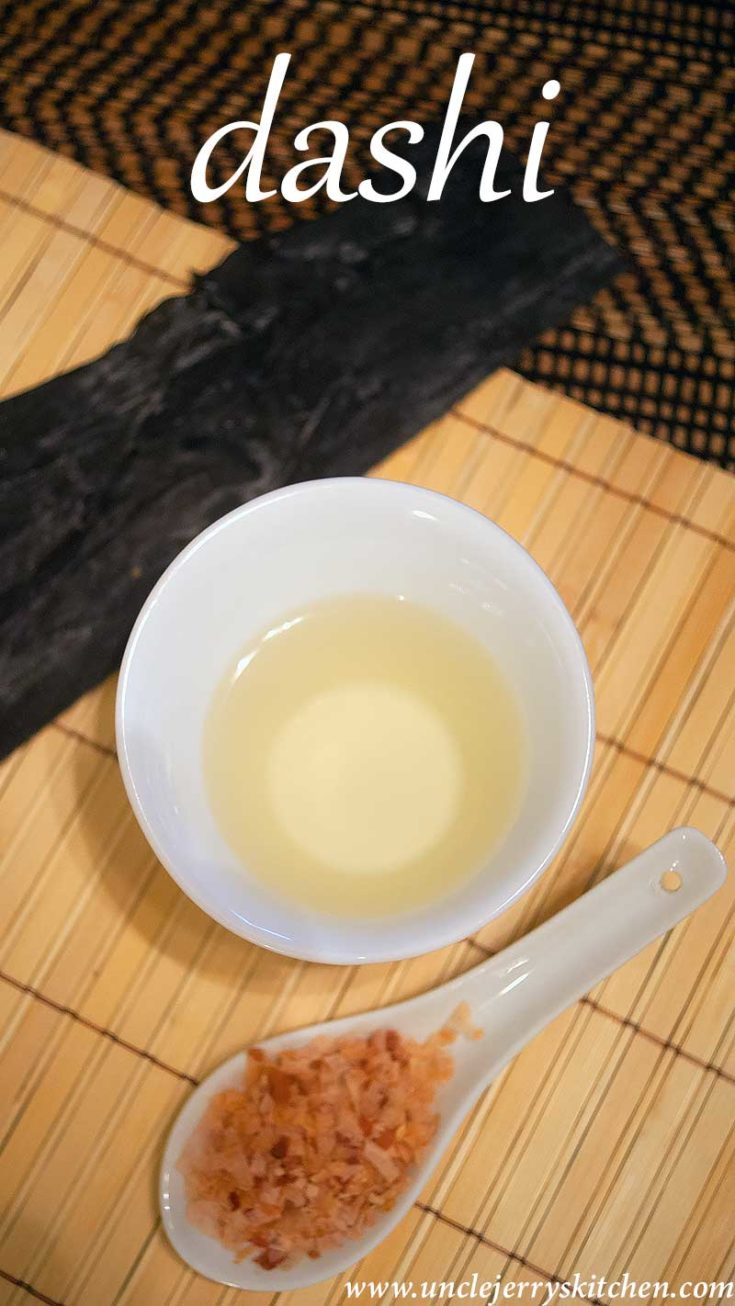
Dashi Stock - Basic Japanese Sea Stock Recipe
Ingredients
Instructions
Notes
Nutrition Information:
Yield:
24 Serving Size:
1
Amount Per Serving: Calories: 0Total Fat: 0gSaturated Fat: 0gTrans Fat: 0gUnsaturated Fat: 0gCholesterol: 0mgSodium: 2mgCarbohydrates: 0gFiber: 0gSugar: 0gProtein: 0g

What I would have done differently had i thought of it at the time:
Dashi is like a lot of other staple recipes. Every home has their own particular way of making it, and each cook uses different amounts of kombu and bonito to make their awase dashi. My advice to you is to try different amounts of each to come up with a version that fits your tastes and your families.
More great dashi stock recipes from around the web:
- How To Make Dashi だし 作り方, from Just One Cookbook
- How To Make Dashi (Basic Japanese Sea Stock)–No instant dashi granules included, from La Fuji Mama
- Dashi (Japanese Soup Stock), from No Recipes


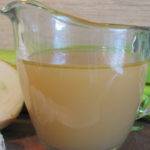


 Thanks for dropping by our kitchen. We're dishing up great food, some laughs and a really great cup of coffee.
Thanks for dropping by our kitchen. We're dishing up great food, some laughs and a really great cup of coffee. 